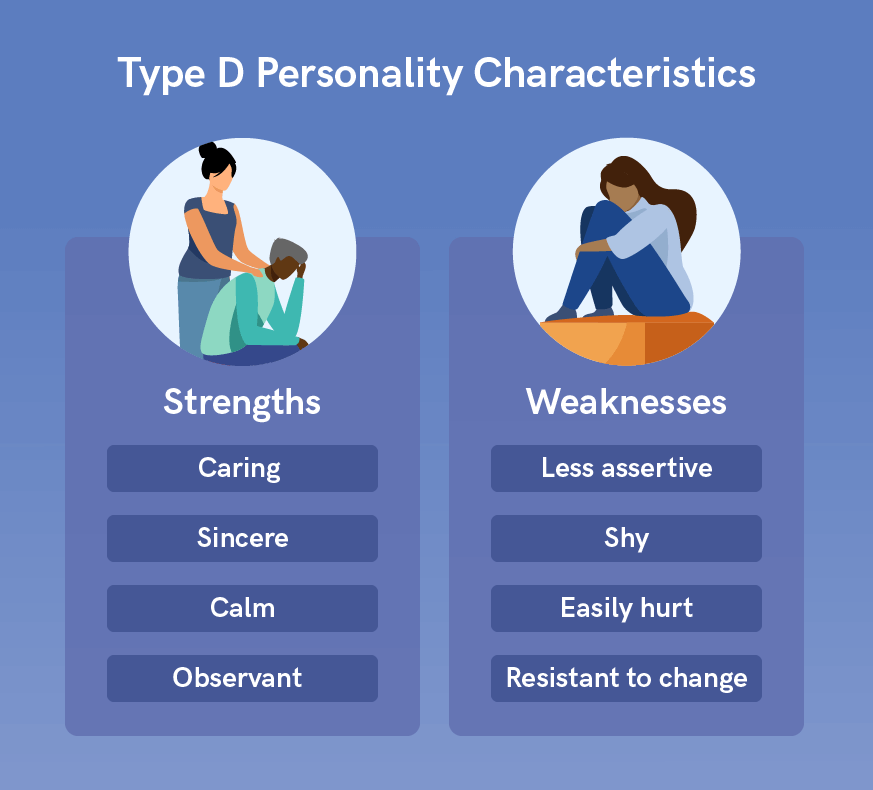The Four Temperaments Test https://openpsychometrics.org/tests/O4TS/
In ancient Greece, Hippocrates (c. 460–370 BC) introduced a theory of
Getting To Know Ourselves And Others Better; The Four Temperaments
Most scholars believe that we are all a mix of all four temperaments, although two are usually strongest for most people.
Here is some more information on each of the four temperaments.
People of a sanguine temperament are outgoing, optimistic, friendly and make friends easily. They are easy-going, expressive, emotional, energetic and extreme. They are talkative, open and productive, and usually have many things going on at once. They live in the moment, love to connect with people and find social interaction invigorating, though they still need time to themselves. They have an open sense of humor and are light-hearted. They are motivational and encouraging and love to help people see the bright side of life. They smile and laugh often and are quick to forgive and forget. When people connect with a sanguine person, they feel like they have known them all of their life.
MELANCHOLIC – Especially of a thoughtful or introspective nature.
Melancholics are contemplative and perfectionistic. They set extremely high standards for themselves but can be pessimistic and assume the worst. They prefer to be alone rather than to be in a crowd. Melancholics are not at all impulsive. They see a job through to completion and make sure that they do their best job. They often crave time alone and prefer a few close friends to many different ones. They feel emotions deeply. Because they are sensitive and so in tune with their thoughts and feelings, they also have a big heart for others, especially others who are going through struggles in life.
CHOLERIC – Easily aroused to anger
Choleric people are extroverted, proud and not afraid to bluntly speak their mind! They are quick-thinking, strong-willed, love to prove themselves and are easily annoyed. They are very independent and self-reliant. Cholerics are firm and forceful and are givers of tough love. They love to challenge others and can be aggressive and confrontational. They are lovers of competition, but hate to ever lose. They are not given to fantasy or imagination. They can make great, supportive and defensive friends and are extremely stubborn always striving to be strong and independent.

Here is information of the four types of personality based on Hippocrates Theory. They are: Choleric, Sanguine, Melancholic, and Phlegmatic.
- CHOLERIC — TYPE A

We begin with the most brave & outstanding personality named “Choleric.” There are some famous people with this personality such as Bill Gates, Donald Trump, and Michael Jordan. This type is well-known as an individual with an aggressive, goal oriented, and also passionate personality. They usually want to do everything in an effective way and prioritise the result-oriented. Agility, bravery, and optimism are the unique traits of choleric personality. In daily life, they tend to achieve something greater, give the best performance, and are eager to compete with others. In addition, they are also confident, productive, and great decision makers. Based on that, choleric people will always strive for excellence and can be trusted as a natural leader.
2. SANGUINE — TYPE B

Moving forward, there is a personality with a high extraversion and always to socialise with other people named “Sanguine.” Extraversion is something connected to the quantity and intensity of individual social interaction. It is shown from high sociability, assertiveness, talkativeness, and self-confidence. Most famous people have this type of personality such as Johnny Carson, Marilyn Monroe, George Washington, etc. People with this personality look cheerful, friendly, and talkative. They also want to be self-centred and undependable. We can look for the example of sanguine students, they are always optimistic with a bright end in mind. In addition, they are also well known as an extrovert with an abundance of energy that can be reached from socialising and outgoing. Enthusiastic, people-oriented, communicative, and also popular are things that are inherent in a sanguine. To sum up, this personality is suitable for breaking the ice and being fun in every situation.
3. MELANCHOLIC — TYPE C

The next one, we move to another personality with a high introversion and tend to be an individualistic person. This is a melancholic personality. Famous people who have this personality are Albert Einstein, Michael Jackson, Stephen Hawking, and many more. They are unlike Choleric and Sanguine as extroverts, but they more enjoy the activities alone. We can identify them as slowly rising but strong feelings. Besides, melancholic people are acclaimed as relatively small classifications of emotion, but a significant strength and duration of them. Even though they do not express as much as extroverts do, when they respond, they feel courageous (Akmal et al. 2022). Perfectionist, analytical, and well-scheduled suit the best for this personality. In a nutshell, melancholic people always want to strive for the best based on their own standard and to spend quality time with the closest people.
4. PHLEGMATIC — TYPE D

Last but not least, we seek for this most humble and patient person called “Phlegmatic.” For example, Elon Musk and Walt Disney and many more. This personality tends to be calm and lacks quickness. In addition, phlegmatic people are slow and balanced people who are difficult to express emotions and feelings. They are often unlikely to be motivated by any stimulus. But in fact, they are categorised as people with higher tolerance to relatively simple and monotonous tasks. As a summary, people with phlegmatic personalities are most likely to be enjoyable, calm, and ready to be a mediator when there is trouble.
We can observe that from the different personality types that have been mentioned, people have different characteristics. These characteristics, such as Choleric, Sanguine, Melancholic, and Phlegmatic, are the key distinctions between one person and another.






